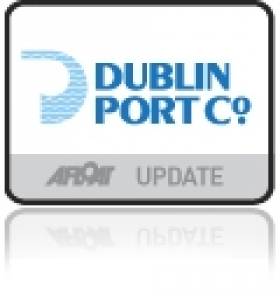Displaying items by tag: Dublin Port and the East Wall
Dublin Port: Display of East Wall Life & Docklands
A photographic display of 'Dublin Port and the East Wall' will be held in the Dublin Port Company Centre, Alexandra Road, on Saturday 15th October.
The archives from the ports extensive collection depict how life was for generations who worked in the docklands over the years and the close historical links of the community.
The display forms part of the 'East Wall for All' History Week which runs until 24th October. The programme for events are listed below.
"East Wall - a journey through time" Sean O'Casey Community Centre, Friday 14th October
Dublin Port - a shared history", Port Centre, Alex Rd - Saturday 15th October
Collen - "Two centuries of building", Three Gateway, East Wall Rd. - Wednesday 19th October
"The Shadow of O'Casey", Sean O'Casey Community Centre - Saturday 22nd October
"Shadow of a Gunman" - 18th - 22nd October, Sean O'Casey Community Centre





























































